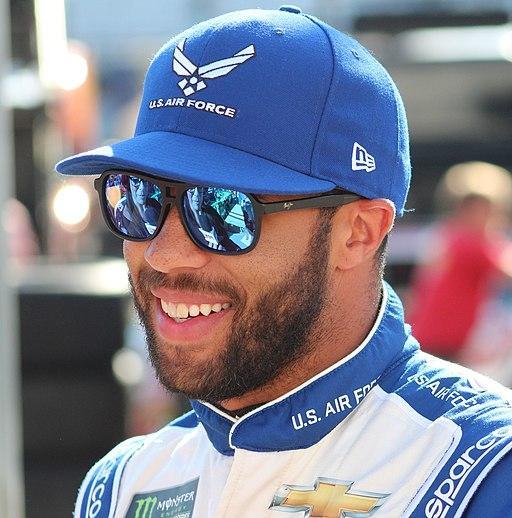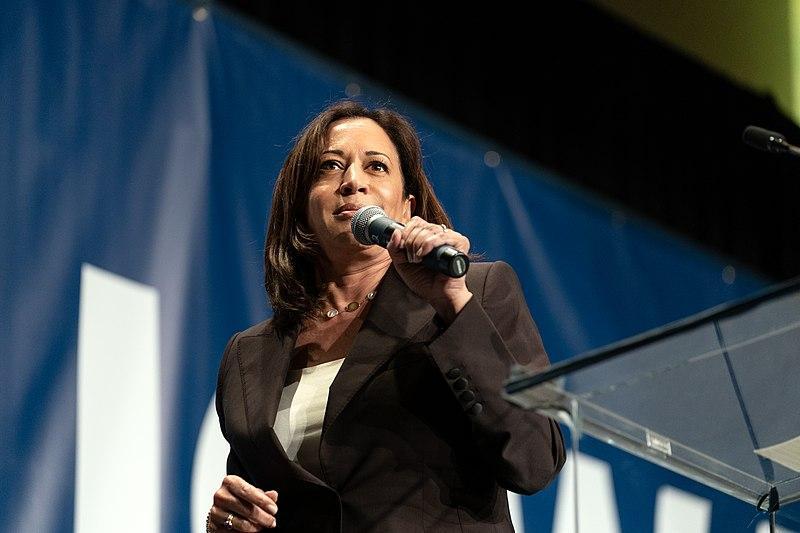6.5 Looking Ahead
People who have experienced marginalization in this country continue to work,to raise their families, ensure their children have better lives, and strive toward equity. While there are a multitude of individual, organized, and grassroots efforts that work both outside and inside the representative system, we have looked most closely at the analysis of the feminist movement and the ways it intersects with other needs and activism.
The United States has been focused on the Black Lives Matter social movement more fully since 2020 than ever before. Black people have been actively seeking change for hundreds of years. The year 2020 saw increased activism both among Black people and allies. Nationally, there is increased understanding of the discrimination and bias that Black people continue to experience. This is a time of enlightenment, understanding, and rapid change. The authors encourage readers to continue to examine how past and current policies affect the experiences of Black and multiracial families.
One aspect of the current Black Lives Matter movement is the increased involvement of people from other races and ethnicities as allies, people who form relationships and advocate with or for others who are marginalized. These can be White people who do not experience racism but work to support and advocate for equity. Often, an ally will come to this position through a variety of experiences and observations, such as interactions with a close friend or family member who experiences racism. But others may not have close experience with people of color. “Listening” to stories, whether through music, the news, novels, or podcasts, is critical to understanding someone else’s lived experience. In this podcast, you can hear about one ally, a young Korean American, who surprised himself by speaking up.
https://www.npr.org/2020/07/20/892974604/one-korean-americans-reckoning
Allyship is critical to changing systems of bias, dissemination, and the corresponding privilege that other groups experience. The focus of the story should continue to be on Black individuals who have experienced ongoing systemic harm to their families. They have continued to advocate for understanding of their experience, representation, belonging, and an equal opportunity to participate safely in society and institutions.
You have likely heard of Dr. Martin Luther King Junior’s “I Have Dream” speech delivered in Washington, D.C. on the steps of the Lincoln Memorial on August 28, 1963. Maybe you have heard these famous lines,
I say to you today, my friends [applause], so even though we face the difficulties of today and tomorrow (Uh-huh), I still have a dream. (Yes) It is a dream deeply rooted in the American dream. (Yes)
I have a dream (Mhm) that one day (Yes) this nation will rise up and live out the true meaning of its creed (Hah): “We hold these truths to be self-evident, that all men are created equal.” (Yeah, Uh-huh, Hear hear) [applause]
I have a dream that one day on the red hills of Georgia (Yes, Talk), the sons of former slaves and the sons of former slave owners will be able to sit down together at the table of brotherhood.
I have a dream (Yes) [applause] that one day even the state of Mississippi, a state sweltering with the heat of injustice (Yeah), sweltering with the heat of oppression (Mhm), will be transformed into an oasis of freedom and justice.
I have a dream (Yeah) [applause] that my four little children (Well) will one day live in a nation where they will not be judged by the color of their skin but by the content of their character. (My Lord) I have a dream today. [enthusiastic applause]”
You can read the full text here, at the King Institute’s website.
You can watch the whole speech in Figure 6.23, with subtitles (although there are occasional places where the audio has been lost).
Figure 6.23. It’s worthwhile to read and listen while reflecting on your viewpoint about whether and how the country has progressed and changed since this speech in 1963.
As we reflect, we must keep in mind our own social identities. This author, a White person, has not experienced the negative effects of racialization; in fact, I have benefitted from it even when I didn’t realize it. So, reflect. And a part of that reflection must be the willingness to hear the experiences and viewpoints of those whose social identities put them most at risk for structural and individualized discrimination.
There are many Black leaders who are changing the way that representation is expressed and experienced. Bubba (Darrell) Wallace, a successful National Association for Stock Car Auto Racing (NASCAR) driver made significant headlines by calling on the organization to ban the display of Confederate flags (Figure 6.24). Within 48 hours, the flags were banned, and he had his race car painted with a Black Lives Matter theme. This famous athlete used his personal influence combined with the ongoing social movement and the current national focus to address a longtime problematic symbol of oppression.

Figure 6.24. Bubba (Darrell) Wallace, Jr. called on NASCAR to ban displays of the Confederate flag.
Senator Kamala Harris, a woman of Black and South Asian (Indian) ancestry was elected Vice President in the national 2020 election (Figure 6.25). Her nomination and election highlights her education and work accomplishments as well as the importance of representation at the national level. The election of one Black leader does not solve the inequities that many people of color experience, but it is one step along the way.

Figure 6.25. Former Senator Kamala Harris was elected Vice President in the 2020 election.
We have looked closely at several ways that representation affects families in the United States. As you continue your education in this class, and in the future, pay attention to the ways in which you see representation making a difference, and the potential for changes in representation.
6.5.1 Want to Learn More?
- The official government census website is continually updated as more data is processed. Check here for the most recent information.
- REVUP (Register, Educate, Vote, Use your Power) works to increase the voting participation of people with disabilities. If you are interested in REVUP’s work, click here.
6.5.2 Licenses and Attributions for Looking Ahead
6.5.2.1 Open Content, Shared Previously
Figure 6.24. “darrell wallace jr.” by Zach Catanzareti Photo. License: CC BY 2.0.
Figure 6.25. “At the 2019 Iowa Democrats Hall of Fame Celebration in Cedar Rapids, Iowa on Sunday. June 9” by Lorie Shaull. License: CC BY-NC SA 2.0.
6.5.2.2 All Rights Reserved Content
Figure 6.23. “Dr Martin Luther King: I Have a Dream Full SPEECH with English Subtitles” (c) English Subtitles. License Terms: Standard YouTube license.
